The Future of Gardening
Connecting is key when it comes to reaching a new generation of gardeners.
The garden is an excellent teaching tool. From a single flower many subjects can be taught including geography, science, art and literature. I am a firm believer that there is a gardener in all of us, and I’m committed to helping others discover their hidden green thumb. I think that no matter what your age, it’s never too late to start gardening. Young, old or somewhere in between, there’s a garden for everyone.
Growing New Gardeners
Getting kids excited about being in the garden at an early age is a great way to get them hooked for life. It could be something as simple as being captivated by the bright-yellow petals of a daffodil that inspires a young gardener to plant their first flower bed. Or perhaps a curiosity about the food on their plate is all that’s needed to pique a child’s interest in growing vegetables.
The amazement and wonder that comes from seeing plants grow is another sure-fire way to inspire kids’ enthusiasm about gardening, especially when they’re growing gigantic veggies! Each year through the Bonnie Cabbage Program, Bonnie Plants distributes free cabbage plants to third graders across the country to foster an interest in gardening and the environment. Students in participating classrooms each get their very own cabbage to plant, take care of and harvest. The cabbages produce oversized heads, making the process even more exciting for kids.
“The first couple of years it’s hard because you walk into a school and say, ‘I want to give you some free cabbage,’ and they say, ‘What would we do with cabbage?'” says Cathy Ellis of Bonnie Plants. “And now when you walk into a school they go, ‘Oh, there’s the cabbage lady!’ We are growing with gardeners. We want children to experience successful gardening at an early age.”
As part of the nationwide program, now in its ninth year, Bonnie gives a $1,000 award to one student in each state, and I have the honor of awarding Arkansas’ winner. “I think it teaches children responsibility; they learn that they have to take care of their plants and everything that goes into that,” says Brandi Pruitt, a teacher at Morrilton Elementary School, home of Arkansas’ 2009 winner Amy Volz. “I also think it’s good for parents to spend time gardening with their children.”
Here in Arkansas, ACCESS Schools has an equally unique approach to gardening. ACCESS, which offers education, therapy, training and activities for children and youths with learning disabilities, has a horticulture program designed to let students participate in every aspect of gardening. Students are involved in planning what to grow, caring for the plants, and pricing and logging inventory for their semi-annual plant sale, which benefits the school and its programs.
A few years ago I began partnering with ACCESS and another local school, Episcopal Collegiate, to help add to their fundraising efforts. Students come to the Garden Home Retreat in the fall to plant daffodil bulbs on a special place called Daffodil Hill. The following spring they return to pick bundles of flowers that are sold to help raise funds for their respective schools. We call the event Daffodil Days.
This project has been going on for a while and the students have been very ambitious. Over the past several years they have planted more than 225,000 bulbs and raised a considerable amount of money. Of course not every school or organization has the ability to plant daffodil bulbs on such a large scale, but the idea can be scaled down to fit any size group.
Make New Connections
Equally important as introducing kids to the world of gardening is connecting with older generations, both novice and experienced gardeners. And while nothing beats in-person, face-to-face interaction, the Internet has given us new and unique avenues for communicating our message. As I began to immerse myself into the virtual world, I realized that it can and should serve as another valuable layer to the outreach strategy.
This past spring we hosted the very first Garden2Blog event. We invited a great group of almost two-dozen garden bloggers to Arkansas for two days of tours, workshops, information sharing and more. My experience with the online gardening community had been limited up until that point, so I was really looking forward to meeting these folks and learning from them.
What happened over those two days was nothing short of amazing. Shortly after we gathered for garden tours the first day, I realized what a unique group these men and women are. Several weeks before the event, a Facebook page www.facebook.com/garden2blog was created for the group, and a Twitter hashtag #g2b11 was established to make it easier for participants, as well as spectators, to keep up with the event’s goings on in real time. As we made our way around the Little Rock area touring gardens (and dodging tornadoes), almost everyone was posting photos and comments on Facebook and Twitter.
By the second day, when everyone gathered at the Garden Home Retreat for more tours and workshops conducted by several Garden Home Partners, there was a steady stream of social networking going on, and it has continued ever since, with videos, photos and stories being published on the bloggers’ individual sites, Facebook feeds and Twitter streams, as well as on the Garden2Blog Facebook page.
What I learned above all from this experience is how crucial it is to have a web presence. All of the bloggers I met are doing amazing things as they connect with their online audience introducing generations X and Y to growing their own food, offering new, more eco-friendly approaches to gardening, teaching people how to maximize even the smallest space to create a beautiful garden and so much more.
Ensuring that your garden center has a strong web presence will go a long way in helping you attract a new customer base. In fact, not being able to find your business online before visiting is enough to turn many people off altogether. The mere lack of a website conveys the message that you’re not in touch with them. But a website that invites them to be a part of your community, be it through a regularly updated blog, social networking efforts or a smart combination of all of these elements, will positively impact whether or not they choose to visit you “in real life.”
Reaching out to established online resources such as bloggers and gardening forums will help you keep in touch with your customers’ interests. Find a few favorite garden blogs to follow, comment on their posts and share their articles with your customers. You’ll find that bloggers are eager to help you navigate the virtual gardening world. Social media sites like Twitter and Facebook make striking up a conversation easy. You’ll meet some amazing people at one of the many garden related “Twitter Parties” such as #gardenchat, #seedchat and #treechat, and a Facebook page for your garden center will allow your customers to communicate directly with you.


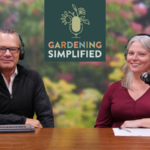

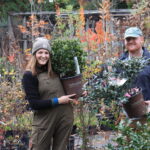


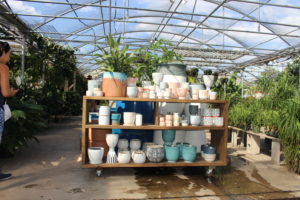
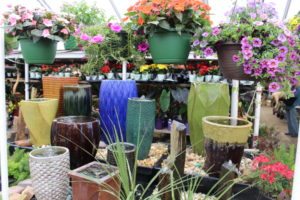


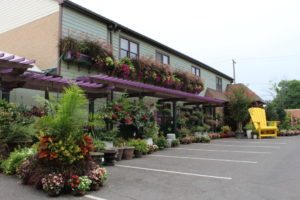
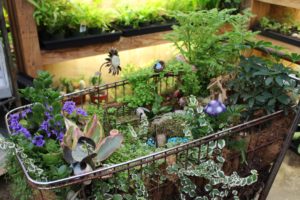
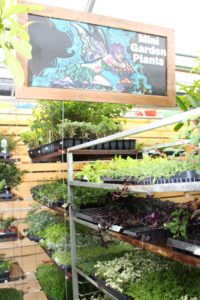
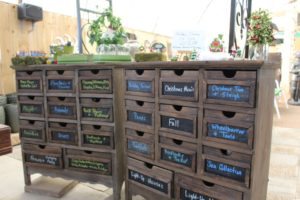
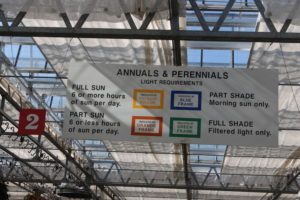
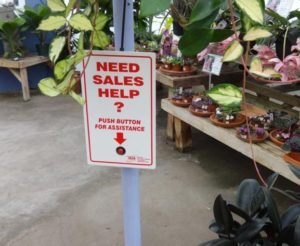
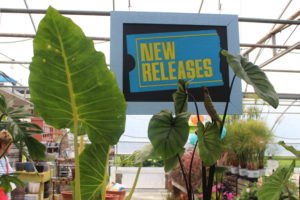
 Videos
Videos





